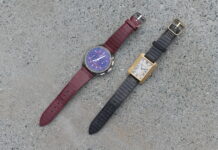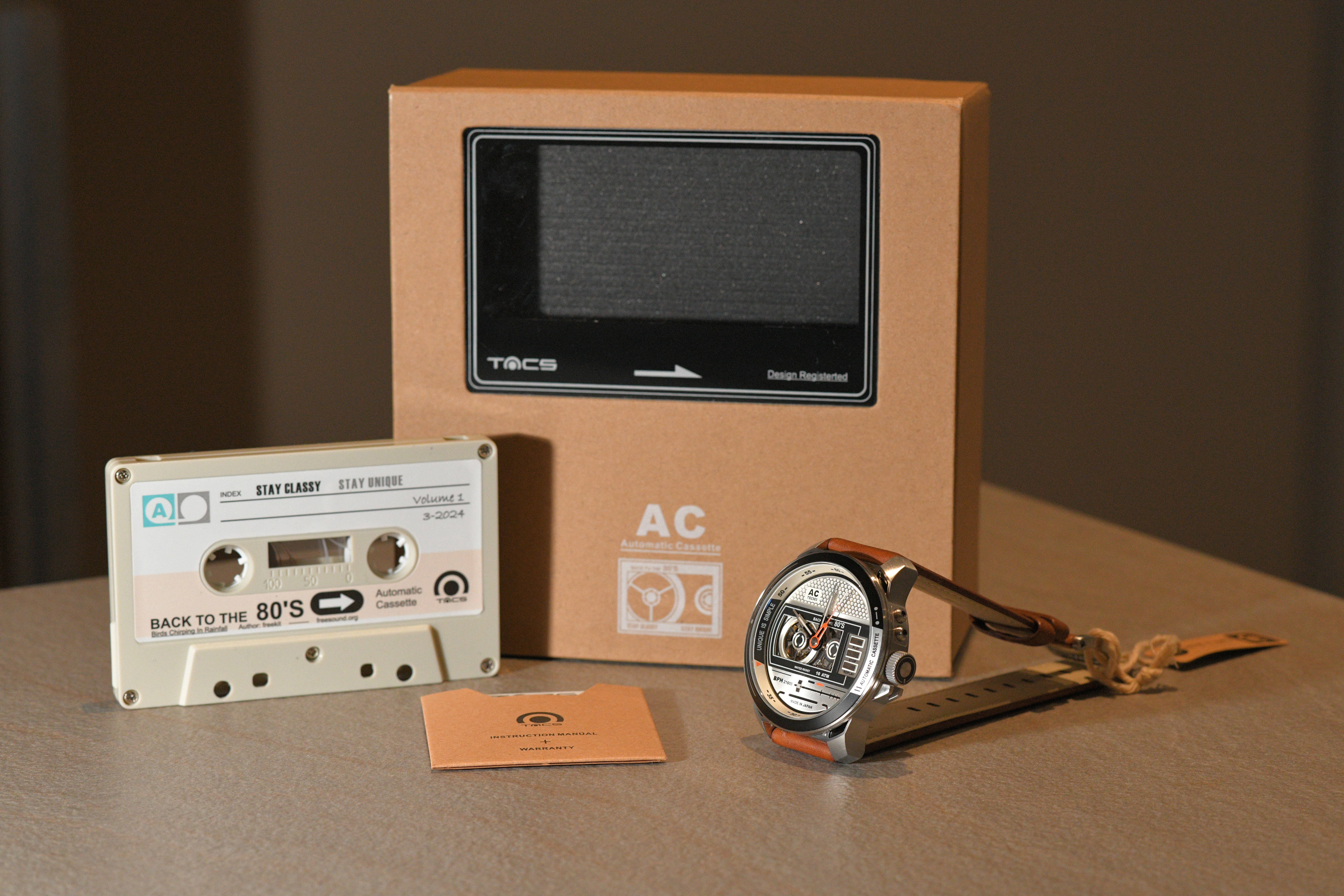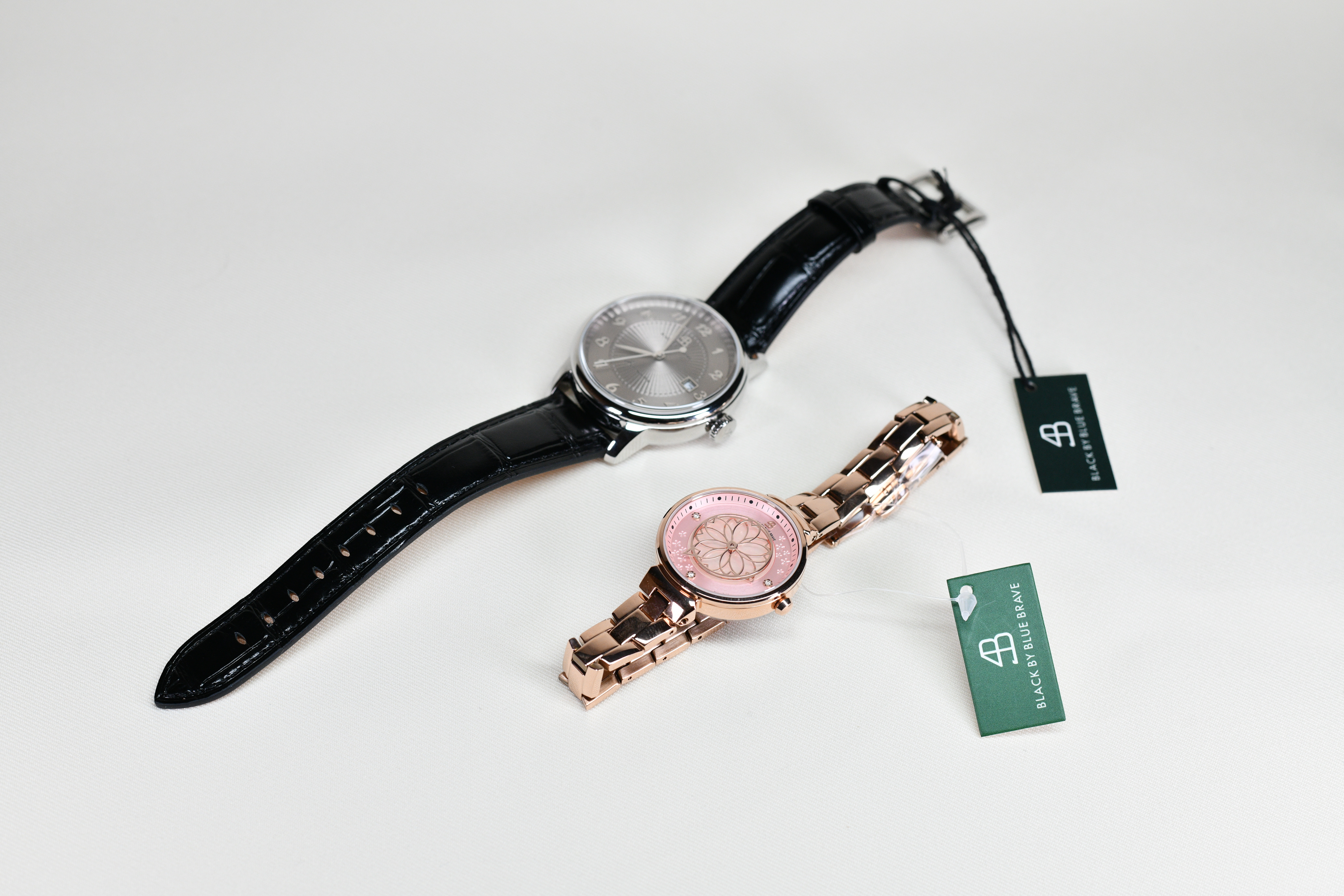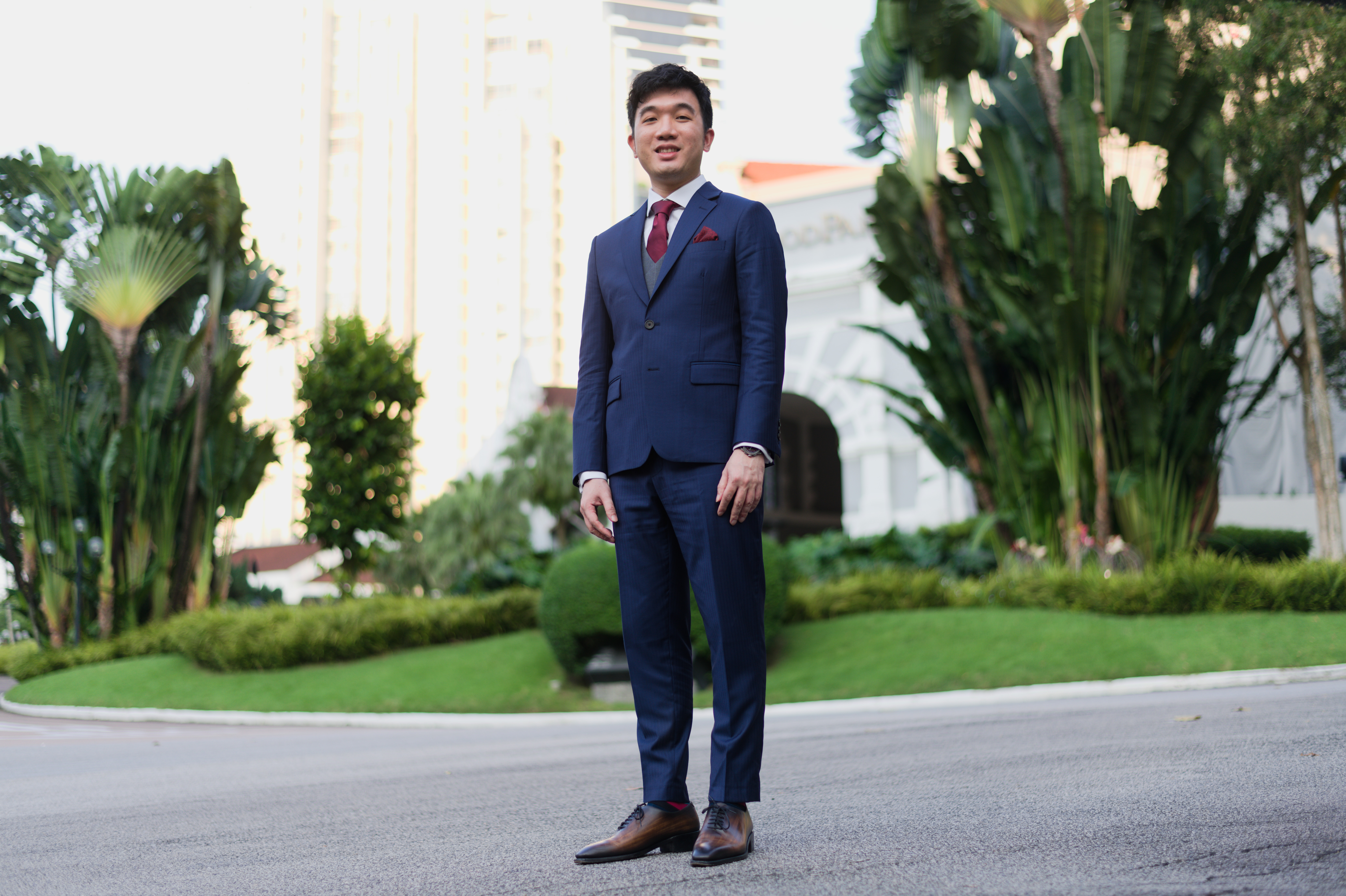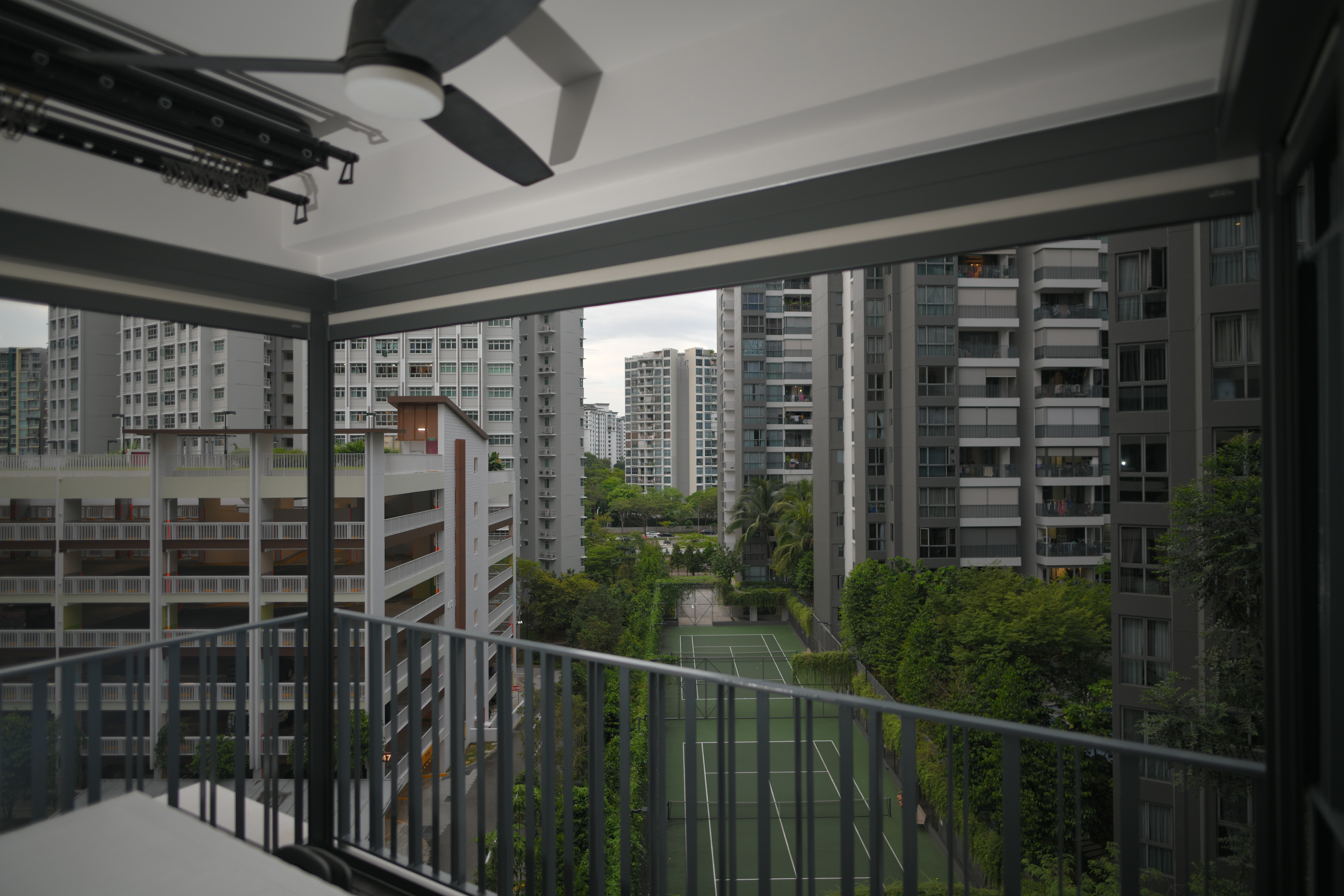Hello everyone, and welcome to another Singaporean review! On this shiok Sunday, I’m returning to the sartorial world of tailoring with the help of local tailor, Closeknip.

In Part 1 of this tailoring review, I will be chronicling my experience of getting a sports jacket, shirt and trousers from Closeknip. In Part 2 of the tailoring review (out next week), I will be reviewing the fit and craftsmanship of the completed garments.
Without further ado, let’s get into Part 1 of this review!
Closeknip – the Brand
Closeknip is a relatively new tailor, having been only established just last year. However, unlike most young tailoring upstarts, the brand is backed with decades of experience, namely in the form of Leslie Chia. For those in the sartorial scene, Leslie is a familiar name – he has helmed (and continues to do so) bespoke tailoring label Pimabs for over 15 years, having dressed luminaries such as Dick Lee and Ken Loon, amongst others. Closeknip is Leslie’s third stab at establishing a MTO (made-to-order) brand, after attempting a similar model with the now defunct Haber and Clothesmith.

Currently, Leslie runs the day to day operations of Closeknip with one of his business partners, Eric. Eric – past loyal customer of PIMABS, who joined Leslie as a partner for Closeknip – is an architectural consultant by trade, and handles customers’ appointments by assisting them with fabric selection, customisation options, etc. Leslie (for the time being) comes in to measure the customer, as well as oversees the fit and fittings of the garments. Together, they make quite a dynamic duo.

As for the brand itself, Closeknip describes themselves as “the wardrobe people”, who “aim to cultivate an environment of trust through consistency” and a “thoughtful approach to clothing”. For those curious about the name, Closeknip is a “playful stitch” of the words “close-knit and nip”, and exemplifies the brand’s focus on not just good tailoring, but also in forging an intimate relationship with their customers. In addition, Closeknip also seeks to simplify the often tedious tailoring process through their streamlined fitting guide system, striving to make custom tailoring a more convenient affair for customers.

Whilst most new tailors often face issues with their back-end, Closeknip actually shares the same backend as their bespoke sister brand, PIMABS. The very same aunties and uncles who have been handling $3000+ PIMABS suits for over a decade are behind the construction of the much more affordable Closeknip suits as well! As such, Closeknip is confident in the quality of their tailoring – the brand is young, but as aforementioned, it is backed by decades of experience and expertise. No worries about reputability (unlike other “young” tailors that ran away with customers’ money) here!
Alright, let’s see how my experience at Closeknip went!
Closeknip – the Experience
Closeknip is located along Cavan Road, a quaint area that is also home to several old factories.

Closeknip’s showroom is located on the third floor, just above PIMABS’ showroom. Upon entering the showroom, you would notice that it is probably unlike any tailoring showroom that you have been to. As aforementioned, Eric is an architectural consultant, and he consciously designed the showroom to evoke the feel of an apartment.

It’s certainly one of the most well-designed showrooms I’ve been to – I wish my apartment was like this! Eric tells me: “I want customers to feel as if they have walked into someone’s home.”

For this purpose, Closeknip even created a persona – Alfred. Closeknip describes their showroom as Alfred’s home, where the dandy entertains guests and friends. And that’s what they imagine customers to be – friends and guests of Alfred. I personally find the concept intriguing, and it sets the Closeknip showroom apart from the dozen or so tailors that I’ve visited previously. The result is a more intimate, casual setting, and it sets one at ease almost immediately (the warm lighting helps too). For those who have always felt intimated by conventional tailoring stores (Benjamin Barker, CYC, etc), Closeknip makes for a great alternative – it doesn’t even feel like a store or showroom to me!

Step into the back, and one enters Alfred’s “bedroom”, whereby one can find a wardrobe full of sample Closeknip garments. Here’s a tip: when visiting a tailor, always examine their sample garments first. Feel the quality of the fabric used, check for the fine details (lapel roll, folded back collars, functional buttonholes, etc), and see if you like the styles of the garments. After all, tailoring is fashion, and fashion is subjective. Do you like the style of the tailor, or do you find it too adventurous/conventional? At Closeknip, one can tell simply from the sample garments that they have a penchant for lighter, more casual colours, though they do have a few business suits as well. Eric tells me this is intentional – they aim to be the wardrobe provider for their clients, providing both their business attires as well as their weekend wear.

In addition, the showroom is also peppered with several paintings, all of which are for sale. Not only does it add a further creative touch to the space, it’s also for a good cause – proceeds go towards dementia related social work.

Lastly, there’s also a small bar area where a variety of gin, whisky, and various wines are available complimentary for customers. It’s the first tailor I’ve been to that offered me alcoholic drinks, and I must admit I took liberal advantage of that during my visits there! For those who don’t drink alcohol, a variety of tea and coffee is available as well. To me, this is representative of Closeknip going one step further when it comes to service – having a drink in hand definitely put myself more at ease!

I’ll be frank – when I stepped into Closeknip, I didn’t really know what I wanted. Leslie and Eric assured me that customers rarely come in with a specific idea of what they want, and started off by asking me about my wardrobe to see what I already own. After hearing that I’ve mainly been commissioning suits, Eric suggested: “Why not go for a sports jacket, perhaps with a pair of contrasting trousers?” That was music to my ears – it’s something I’ve not worn before, and I’m always open to trying something new!

For those who are unfamiliar, a sports jacket is a casual jacket that is designed to be worn by its own, whereas suit jackets are traditionally always meant to be worn with matching trousers. More laid-back in its styling, the sports jacket uses more rugged/textured fabrics in its construction. As such, windowpane/checks are common patterns that are used, and colours tend to be on the lighter side. A sports jacket is meant to be young, vibrant, sporty – perfect for someone in his early twenties like me! To learn more about the sports jacket, do read this fantastic article here.

Here, I left the fabric selection up to the capable hands of Leslie and Eric. Leslie has been a fashion designer for almost two decades (appearing in numerous articles) while Eric is a successful architect, so I definitely trusted their styling advice. The experience reminded me of eating omakase at a Japanese restaurant – leave it up to the innovative hands of the experts, and be delightfully surprised at the end.

And pleasantly surprised I was! For the sports jacket, Leslie recommended a off-white linen fabric with coffee undertones. It fulfills the “criteria” of a sports jacket looking rugged and textured, but unlike tweed or corduroy – materials typically used in sports jacket – linen is light and breathable, and thus more suitable for the Singaporean climate. For the trousers, Leslie suggested a light blue mixed wool fabric, with orange windowpane accents. I absolutely loved it – I think its lighter colours complement the summer vibes of the off-white sports jacket perfectly. Leslie also explained that both fabrics are versatile, and can be worn either standalone, or together. For example, he elaborated that I could wear the sports jacket with denim jeans, or the blue trousers with a simple white polo shirt. I loved that the resulting combination was one that pushes my comfort zone – it certainly wouldn’t have been what I would have selected on my own, and it definitely broadened my horizons.

Similarly, I left the choice of the shirt fabric up to the hands of Leslie. He didn’t want to do a simple white shirt – as most tailors would suggest – but something “bold and striking” instead. He really racked his brains on this one, rummaging through several shirting books (as pictured above) in order to find the last piece in his design puzzle for my outfit.

Eventually, Leslie picked out a brown Huberross fabric, whose earthy tones he felt would complement both the coffee undertones of the linen sports jacket, and also the orange stripes of the trousers. Its definitely a bold choice, one that to be honest I wasn’t sure I could pull off. Nevertheless, I decided to trust Leslie’s recommendation.

Next, the three of us decided upon the lining of the sports jacket. There’s a wide variety of linings available, from more flashy ones (such as the book Leslie was flipping through above) to more generic ones (mostly in the booklet Eric was handling above). It is here that Leslie shared with me his design philosophy, “less is more”. He talks about this in further detail in an interview here. He suggested a simple white lining with blue floral pattern, but in a half lined construction instead. He explained that in Singapore’s unrelenting weather, a half lined linen sports jacket would provide me the most breathability – to which I readily agreed.

Given Closeknip’s penchant for intriguing designs, there are quite a plethora of choices when it comes to buttons. Urea buttons come standard, whilst horn/mother-of-pearl/leather buttons are $60 add-ons. Although I was keen on the leather buttons, Leslie cautioned me against going for them on the sports jacket. Instead, he suggested going for a light coloured urea button instead, which he felt would complement the casual nature of the outfit best. Again, I trusted Leslie’s styling advice – if it’s good enough for Dick Lee, it’s good enough for me!

With the selections done, Leslie and Eric promptly put the fabric books away, and took the opportunity to highlight to me several details of Closeknip’s jackets that they are proud of. Firstly, they shared with me that Closeknip uses a different type of lining – the more breathable viscose – for the sleeves, in order to allow for more breathability and prevent the arms from feeling sticky and hot.

Secondly, Closeknip jackets features the barchetta (italian for little boat) pocket, which is often more laborious to execute than a regular straight pocket. It is also seen to be more elegant, due to its subtle curves, and is a stylistic feature most often found only at more expensive tailors. In addition, the Milanese buttonhole also comes standard on Closeknip suits. Unlike a regular machine stitched buttonhole, a Milanese buttonhole is cut first, then painstakingly stitched by hand afterwards. It’s an artisanal process – a single wrong stitch, and the seamstress will often have to start over. Furthermore, pic stitching and functional buttonholes (for the $899 suits and up) are also default on Closeknip suits! Lastly, Closeknip also does low gorge lapels. A lapel gorge is a stylistic choice – modern suits often feature a higher gorge, while classical or vintage suits often have a lower gorge. For more information on the lapel gorge, do read this article here.

For the rest of the customisations, Leslie draws it on a piece of paper for the customer to have a better visualisation of their choices. I found this intriguing – this is quite an “old-school” method, and is something I’ve only experienced at some of the older tailors (specifically Tat Bee Tailors and Meiko Tailor) that I’ve visited. I think this best exemplify the mix of old and new at Closeknip – the vibe and styling is young and fresh, but the actual tailoring is backed with decades of experience. For the sports jacket, Leslie suggested patch pockets for a more casual vibe, which I agreed with. I then went with my usual double vents at the back, as well as wide notch lapels for a bolder look. For the trousers, Leslie recommended pleats (reversed) at the front, and side adjusters for a more sartorial look. He also suggested going with cuffs for the trousers since it’s a more casual outfit – I took him up on all his suggestions!
Thereafter, we moved on to the measurements.
Closeknip – Measurement
When it comes to custom tailoring, the fit of your garments is only as good as the person measuring you. As such, make sure that the person measuring you knows what he’s doing. Luckily for me, Leslie definitely had the chops.

Leslie started by taking my initial measurements. The usual measurements were taken: shoulders, chest, sleeve length, armholes, trousers length, etc. Right from the get go, it is apparent that Leslie is immensely skilled – he wields the measuring tape with perfect precision. He has been running his own tailoring joints for 15 years, and it shows.

Here’s where it gets interesting. Unlike most tailors at this price point, Closeknip forgoes with the baste fitting process. Instead, based upon the measurements he initially took, Leslie brings out the templates that fits your measurements best. I’ve previously experienced something similar over at Edit Suits, but there’s definitely much more template garments available here at Closeknip. In fact, Leslie even shared with me that he develops two different fitting templates for the same exact measurements to accommodate differing postures. How cool is that?

First, Leslie brought out the shirt and trousers templates for me to put on. Afterwards, Leslie judged how the fitting garment fit on me, and dutifully noted down areas in which to alter. He pointed out to me the various aspects of the shirt that would be altered for better fit, such as the length of the sleeves and the shoulders, which would be altered to accommodate my slanted shoulders. Leslie then asked me how I felt in the fitting garment, to which I replied that I felt the waist area was a little bit tight – he noted it down, and assured me that more allowance would be given for that area. We then tried on the fitting jacket which actually fitted great from the get go, with the exception of the sleeve pitch and the back. Leslie then told me I would have to come back one more time for a fitting of the sleeve pitch.

Thereafter, we moved on to the trousers. Again, the trousers surprisingly fit pretty well, with the only adjustment needed being the length. Using his trusty pins, Leslie proceeded to pin up the trousers, showing me how they would look – with a much cleaner drape – when shortened.

After two weeks, I returned to Closeknip for the sleeve fitting. According to Leslie, the sleeve pitch is one of the only components that his template system cannot accommodate due to the fact that everyone’s natural posture differs slightly. When Leslie notes that the sleeve pitch is significantly off during the trying of the template jacket – as mine was – he would request the customer to return in a few weeks for the sleeve fitting.

As seen from the previous picture, the sleeve pitch turned out flawlessly, with a beautiful drape. The only alteration needed was to shorten the sleeves of the jacket slightly, so as to show a tad more of the shirt cuff.

After scrutinising the fit of the jacket, Leslie proceeded to take a photo of the jacket’s back for reference – he conveyed that he feels the drape of the back could be even cleaner, and would like to rectify it slightly. Thereafter, I said goodbye to both Eric and Leslie as I awaited my final garments!
Conclusion – so the Closeknip experience “shiok” or not?
Very much so. In fact, I would say that the Closeknip tailoring experience has been one of my personal favourites thus far. A big part of that is undoubtedly due to Leslie – this is someone who’s a stalwart in the local tailoring scene, often mentioned in the same breath as Kelvin Seah, Thomas Wong, and Dylan & Son, someone who usually does $3000 suits. At Closeknip, you not only get the design impetus and the styling advice of Leslie, but also his measuring prowess and meticulous attention to detail when it comes to fit. The brilliantly designed showroom and the complimentary booze acts as the icing on the cake, but at the end of the day, it was Leslie that made the Closeknip experience a stellar one. Furthermore, the template fitting system allows one to have a gauge of how the actual garments would feel like on the very first visit, instead of having to wait for the basted fitting like when at a typical tailor. Yes, one does lose a tad of the artisanal, “old-school” feel due to the absence of the basted fitting, but in my opinion knowing that Leslie was presiding over the fit and style of my garments more than made up for it.

Unlike the other tailors, Closeknip has a paid membership system whereby customers can opt to pay $150 for an annual membership, which entitles customers to discounts of up to 20%, as well as a welcome gift box and discounts at exclusive partners of the brand. Just for my readers, Closeknip has kindly extended a 10% discount on the Closeknip membership, meaning that Wah So Shiok can opt-in the membership system (and the discounts that come along with it) for just $135. For more information on the Closeknip Club, I did an article on it here. After the discount, a sports jacket starts at $699, while a three piece shirt package starts at $480.
Next week, I’ll be showing you guys how the fit and style of the Closeknip garments turned out, so stay tuned.
Book an appointment through Closeknip’s website here.
Read Part 2 of the review here.
Update: I revisited Closeknip, and reviewed their Safari Jacket here.
Closeknip’s Location: 20B Cavan Rd, Singapore 209851, 3rd Floor
Update: Closeknip has since ceased operations. Interested parties can contact Leslie over at PIMABS for tailoring needs.
P.S Do check out the new “Discounts!” page for exclusive discounts for Wahsoshiok readers! More brands will be added very soon – stay tuned!
P.S.S If you haven’t already, do follow my social media channels on Facebook here, and on Instagram here!
Photo Credits:
Nigel Gomes

